| View previous topic :: View next topic |
| Author |
Message |
Pancolart


Joined: 04 Feb 2008
Posts: 3705
Location: Slovenia, EU
Expire: 2013-11-18
|
 Posted: Mon Dec 23, 2019 11:11 am Post subject: Fujifilm GFX 50R Posted: Mon Dec 23, 2019 11:11 am Post subject: Fujifilm GFX 50R |
 |
|
Pancolart wrote:
I was late to notice it. It seems like a dream camera for me. Bellow 4K$ is kinda "normal" price. Anyone already has it? Please share some shots.
Tested with Rokkor 1.4/58mm:
https://petapixel.com/2019/04/04/using-a-50-year-old-100-lens-on-a-modern-4500-camera
_________________
---------------------------------
The Peculiar Apparatus Of Victorian Steampunk Photography: 100+ Genuine Steampunk Camera Designs https://www.amazon.com/dp/B0B92829NS |
|
| Back to top |
|
 |
Sciolist


Joined: 29 Mar 2017
Posts: 1445
Location: Scotland
Expire: 2021-04-16
|
 Posted: Mon Dec 23, 2019 11:38 am Post subject: Posted: Mon Dec 23, 2019 11:38 am Post subject: |
 |
|
Sciolist wrote:
It's interesting that the criteria for a lens for the $4,500 super 35 (medium format - lol) camera was -
1. Cheap.
2. Fast.
3. Compact.
Like a kid making up his first wishlist before an obvious lesson is learned.
Also, there's no mention of image circle size.
When he says "When I looked into compatible lenses for the GFX system I decided on three criteria...", - do we give him the benefit of the doubt and that he'd already looked at some kind of compatibility chart that included image circle sizes before he filtered his three criteria? And if so, where can I get one? 
Or have I got this all wrong and any 35mm lens has an image circle that will cover Super 35?
Lots of question marks there. Apologies. |
|
| Back to top |
|
 |
tb_a


Joined: 26 Jan 2010
Posts: 3678
Location: Austria
Expire: 2019-08-28
|
 Posted: Mon Dec 23, 2019 11:55 am Post subject: Posted: Mon Dec 23, 2019 11:55 am Post subject: |
 |
|
tb_a wrote:
That's certainly a matter of taste and money.
To spend more than EUR 6.000.- for a 51MP camera to use old adapted lenses is somehow strange for my taste as the Sony A7R IV with 61MP sensor and a much better availability of compatible new and old lenses is available for apprx. the half price.
In comparison with the A7R IV 61MP Sensor I was not really able to spot any differences, not even at 100% view RAW.
So what's the deal?
_________________
Thomas Bernardy
Manual focus lenses mainly from Minolta, Pentax, Voigtlaender, Leitz, Topcon and from Russia (too many to be listed here). |
|
| Back to top |
|
 |
Pancolart


Joined: 04 Feb 2008
Posts: 3705
Location: Slovenia, EU
Expire: 2013-11-18
|
 Posted: Mon Dec 23, 2019 12:31 pm Post subject: Posted: Mon Dec 23, 2019 12:31 pm Post subject: |
 |
|
Pancolart wrote:
44mm x 33mm sensor size. Many full frame lenses cover this or at least have pronounced optical effects (aberrations) like swirl on that area. Some hate those effects, i love them. Many projector lenses would cover this ideally. And body can be obtained for 4000 EUR.
_________________
---------------------------------
The Peculiar Apparatus Of Victorian Steampunk Photography: 100+ Genuine Steampunk Camera Designs https://www.amazon.com/dp/B0B92829NS |
|
| Back to top |
|
 |
Sciolist


Joined: 29 Mar 2017
Posts: 1445
Location: Scotland
Expire: 2021-04-16
|
 Posted: Mon Dec 23, 2019 1:11 pm Post subject: Posted: Mon Dec 23, 2019 1:11 pm Post subject: |
 |
|
Sciolist wrote:
| Pancolart wrote: |
| 44mm x 33mm sensor size. Many full frame lenses cover this or at least have pronounced optical effects (aberrations) like swirl on that area. |
Which ones? I don't want you to list them, but I take it the person in article had access to a list? That's really what I want to know I suppose. When the person says: "When I looked into compatible lenses for the GFX system I decided on three criteria...", does he mean he has a list and decided to apply three criteria to that? |
|
| Back to top |
|
 |
calvin83


Joined: 12 Apr 2009
Posts: 7573
Location: Hong Kong
|
 Posted: Mon Dec 23, 2019 1:37 pm Post subject: Posted: Mon Dec 23, 2019 1:37 pm Post subject: |
 |
|
calvin83 wrote:
Go get it if you can afford it. It will be good for standard and tele prime and even better for medium format lens or projection lenses. 
_________________
The best lens is the one you have with you.
https://lensfever.com/
https://www.instagram.com/_lens_fever/ |
|
| Back to top |
|
 |
Sciolist


Joined: 29 Mar 2017
Posts: 1445
Location: Scotland
Expire: 2021-04-16
|
 Posted: Mon Dec 23, 2019 2:43 pm Post subject: Posted: Mon Dec 23, 2019 2:43 pm Post subject: |
 |
|
Sciolist wrote:
| calvin83 wrote: |
| Go get it if you can afford it. It will be good for standard and tele prime... |
Which ones Calvin? Which one do you use or have tested? |
|
| Back to top |
|
 |
Alex TG

Joined: 13 Oct 2019
Posts: 221
Location: Ukraine
|
 Posted: Mon Dec 23, 2019 2:55 pm Post subject: Posted: Mon Dec 23, 2019 2:55 pm Post subject: |
 |
|
Alex TG wrote:
| Sciolist wrote: |
| Which one do you use or have tested? |
There is a video by this guy... Tough to get through, but there is some useful info:
https://www.youtube.com/watch?v=987TYJGFKoY
(There are other videos on his channel on this matter too)
Plus there are loads of good film MF lenses. GFX adapters are not exactly cheap though (about $100 IIRC). |
|
| Back to top |
|
 |
Sciolist


Joined: 29 Mar 2017
Posts: 1445
Location: Scotland
Expire: 2021-04-16
|
 Posted: Mon Dec 23, 2019 3:34 pm Post subject: Posted: Mon Dec 23, 2019 3:34 pm Post subject: |
 |
|
Sciolist wrote:
| Alex TG wrote: |
| Sciolist wrote: |
| Which one do you use or have tested? |
There is a video by this guy... Tough to get through, but there is some useful info:
https://www.youtube.com/watch?v=987TYJGFKoY
(There are other videos on his channel on this matter too)
Plus there are loads of good film MF lenses. GFX adapters are not exactly cheap though (about $100 IIRC). |
Thanks Alex. |
|
| Back to top |
|
 |
calvin83


Joined: 12 Apr 2009
Posts: 7573
Location: Hong Kong
|
 Posted: Mon Dec 23, 2019 3:42 pm Post subject: Posted: Mon Dec 23, 2019 3:42 pm Post subject: |
 |
|
calvin83 wrote:
| Sciolist wrote: |
| calvin83 wrote: |
| Go get it if you can afford it. It will be good for standard and tele prime... |
Which ones Calvin? Which one do you use or have tested? |
There are lots of info on the web. As a rule of thumb, SLR lenses with FL >= 40mm have high chance to barely cover the entire sensor. The longer the focal length, the larger image circle. You can use 1:1 or 7:6 aspect ratio for lenses don't full cover the entire sensor/lenses with a non-removable rear baffle.
_________________
The best lens is the one you have with you.
https://lensfever.com/
https://www.instagram.com/_lens_fever/ |
|
| Back to top |
|
 |
Sciolist


Joined: 29 Mar 2017
Posts: 1445
Location: Scotland
Expire: 2021-04-16
|
 Posted: Mon Dec 23, 2019 3:51 pm Post subject: Posted: Mon Dec 23, 2019 3:51 pm Post subject: |
 |
|
Sciolist wrote:
| calvin83 wrote: |
| Sciolist wrote: |
| calvin83 wrote: |
| Go get it if you can afford it. It will be good for standard and tele prime... |
Which ones Calvin? Which one do you use or have tested? |
There are lots of info on the web. As a rule of thumb, SLR lenses with FL >= 40mm have high chance to barely cover the entire sensor. The longer the focal length, the larger image circle. You can use 1:1 or 7:6 aspect ratio for lenses don't full cover the entire sensor/lenses with a non-removable rear baffle. |
So you've not tried any yourself. Thanks for the additional info though. |
|
| Back to top |
|
 |
blotafton


Joined: 08 Aug 2013
Posts: 1633
Location: Sweden
|
 Posted: Mon Dec 23, 2019 4:13 pm Post subject: Posted: Mon Dec 23, 2019 4:13 pm Post subject: |
 |
|
blotafton wrote:
Tilt shift lenses should work well too. When not utilizing tilt shift lol. |
|
| Back to top |
|
 |
stevemark

Joined: 29 Apr 2011
Posts: 4039
Location: Switzerland
|
 Posted: Mon Dec 23, 2019 4:23 pm Post subject: Posted: Mon Dec 23, 2019 4:23 pm Post subject: |
 |
|
stevemark wrote:
I recently bought a few GFX adapters; I'll compare the GFX with my workhorse (the A900) and probably the A7RIV.
If you think comparing the A900 with the GFX is ridiculous: Be aware that will use the A900 with Mamiya 645 lenses and a shift adapter, resulting in a 36x54mm size sensor with 54 MP.
| tb_a wrote: |
That's certainly a matter of taste and money.
To spend more than EUR 6.000.- for a 51MP camera to use old adapted lenses is somehow strange for my taste as the Sony A7R IV with 61MP sensor and a much better availability of compatible new and old lenses is available for apprx. the half price.
In comparison with the A7R IV 61MP Sensor I was not really able to spot any differences, not even at 100% view RAW.
So what's the deal? |
You probably will even more doubt about me still using the A900 for large high quality offset printing (40x60 cm / 16x24 inch) such as calendars. Resolution is important, but much more important are colors. In my recently printed calendar, the printer and the managers of the printing plant were able to immediatley spot the A900 images vs the A7II/A7RII images. A900 images (JPGs, actually!!) have some "translucent" colors i wasn't able to get with any other camera tested up to now (D800, S2, A7, A7II, A7RII, GFX, ...).
I'll share some of my results in mid-january.
S
_________________
www.artaphot.ch |
|
| Back to top |
|
 |
tb_a


Joined: 26 Jan 2010
Posts: 3678
Location: Austria
Expire: 2019-08-28
|
 Posted: Mon Dec 23, 2019 5:49 pm Post subject: Posted: Mon Dec 23, 2019 5:49 pm Post subject: |
 |
|
tb_a wrote:
| stevemark wrote: |
| You probably will even more doubt about me still using the A900 for large high quality offset printing (40x60 cm / 16x24 inch) such as calendars. Resolution is important, but much more important are colors. In my recently printed calendar, the printer and the managers of the printing plant were able to immediatley spot the A900 images vs the A7II/A7RII images. A900 images (JPGs, actually!!) have some "translucent" colors i wasn't able to get with any other camera tested up to now (D800, S2, A7, A7II, A7RII, GFX, ...). |
Maybe I've overlooked something. Never compared my A850 (identical to your A900) with my A7R II directly and shooting RAW only. But I can confirm that 40x60 cm printing is perfectly fine with the A850/900.
However, sometimes also tastes and preferences are totally different, that's more than obvious.
_________________
Thomas Bernardy
Manual focus lenses mainly from Minolta, Pentax, Voigtlaender, Leitz, Topcon and from Russia (too many to be listed here). |
|
| Back to top |
|
 |
stevemark

Joined: 29 Apr 2011
Posts: 4039
Location: Switzerland
|
 Posted: Mon Dec 23, 2019 11:39 pm Post subject: Posted: Mon Dec 23, 2019 11:39 pm Post subject: |
 |
|
stevemark wrote:
| tb_a wrote: |
Maybe I've overlooked something. Never compared my A850 (identical to your A900) with my A7R II directly and shooting RAW only. But I can confirm that 40x60 cm printing is perfectly fine with the A850/900.
However, sometimes also tastes and preferences are totally different, that's more than obvious. |
I'm talking about JPGs out of the (properly tuned!!) A900. Not about RAWs.
S
Typical A7II JPGs (DRO 5) - shadows clearly are darker than the bright areas:

Typical A900 JPGs (DRO 5) - shadows and highlights basically have the same luminosity, only the colors are different:

And here's a direct comparison. No way the A7II will ever get as nice JPGs as a properly adjusted A900 (both images are JPGs DRO level 5, out of cam, and resized):

Very few people actually have understood the real capabilities of the A900. The A900 has a separate chip for DRO (shadow/highlight) processing (from APICAL / London), unlike any other DSLR / system camera.
S
_________________
www.artaphot.ch |
|
| Back to top |
|
 |
aidaho


Joined: 29 Apr 2018
Posts: 456
Location: Ukraine
|
 Posted: Tue Dec 24, 2019 7:36 am Post subject: Posted: Tue Dec 24, 2019 7:36 am Post subject: |
 |
|
aidaho wrote:
| stevemark wrote: |
Very few people actually have understood the real capabilities of the A900. The A900 has a separate chip for DRO (shadow/highlight) processing (from APICAL / London), unlike any other DSLR / system camera. |
Nothing wrong with liking A900 output, I guess, but A7II did a much better job in these examples.
Lifted shadows continue to look like shadows, color and local contrast in lifted areas stays on point.
_________________
https://www.flickr.com/photos/curry-hexagon/ |
|
| Back to top |
|
 |
stevemark

Joined: 29 Apr 2011
Posts: 4039
Location: Switzerland
|
 Posted: Tue Dec 24, 2019 8:49 pm Post subject: Posted: Tue Dec 24, 2019 8:49 pm Post subject: |
 |
|
stevemark wrote:
| aidaho wrote: |
Nothing wrong with liking A900 output, I guess, but A7II did a much better job in these examples.
|
1) You can always get the "A7II"-like output on the A900 by reducing DRO to level 1 ... 3
2) (and more important) My clients clearly and without exception prefer the A900 output ... (as i do). Especially when printed ... A7II images look dull and "ordinary" in comparison!
S
_________________
www.artaphot.ch |
|
| Back to top |
|
 |
stevemark

Joined: 29 Apr 2011
Posts: 4039
Location: Switzerland
|
 Posted: Tue Dec 24, 2019 8:54 pm Post subject: Posted: Tue Dec 24, 2019 8:54 pm Post subject: |
 |
|
stevemark wrote:
[quote="aidaho"]
| stevemark wrote: |
Nothing wrong with liking A900 output, I guess, but A7II did a much better job in these examples.
Lifted shadows continue to look like shadows, color and local contrast in lifted areas stays on point. |
When i was looking at the scenery below (in real life, not the image!), the shadows certainly were not blackish (as in the A7II image), but alive and full of color 

S
_________________
www.artaphot.ch |
|
| Back to top |
|
 |
aidaho


Joined: 29 Apr 2018
Posts: 456
Location: Ukraine
|
 Posted: Tue Dec 24, 2019 10:18 pm Post subject: Posted: Tue Dec 24, 2019 10:18 pm Post subject: |
 |
|
aidaho wrote:
| stevemark wrote: |
When i was looking at the scenery below (in real life, not the image!), the shadows certainly were
... |
Well, this is sort of a trump card, which cannot be disputed.
I wasn't there and I'm not burdened with "real", so I can take these at the face value. With current settings A7II jpegs are much better aesthetically.
Speaking of dull, have you noticed how the fence from A900 shot became completely flat, dull and tried melting with the grass? I don't think it attempted anything of the sort in real life.
This amount of shadow pull without a proper tone mapping just doesn't look good.
_________________
https://www.flickr.com/photos/curry-hexagon/ |
|
| Back to top |
|
 |
KEO


Joined: 27 Sep 2018
Posts: 774
Location: USA
|
 Posted: Thu Dec 26, 2019 7:15 pm Post subject: Posted: Thu Dec 26, 2019 7:15 pm Post subject: |
 |
|
KEO wrote:
I find the Fujifilm GFX cameras very compelling, but as someone who uses a flash 95% of the time, the 1/125 sec. synch speed would take some getting used to. I can get often get away with 1/320 sec. on my X-T2.
In a lot of cases it wouldn't be an issue, but in a lot of other cases it would require some creative thinking. |
|
| Back to top |
|
 |
alex ph

Joined: 16 Mar 2013
Posts: 1674
|
 Posted: Fri Dec 27, 2019 10:22 pm Post subject: Posted: Fri Dec 27, 2019 10:22 pm Post subject: |
 |
|
alex ph wrote:
It's a pretty interetsing difference you show, Stephan. That makes me wonder even more how some lenses, such as Re.Topcors and Yashinons-DX may give a similar DRO effect when shooting, with better developed shadows, while same scenes taken with other lenses result with less luminousity in shadows, keeping an overall good contrast.
Is it something in lenses themselves (refraction index?) that makes shadows brighter, or that's a reaction of camera that reads some lenses as needing a longer exposure (without overexposing)? |
|
| Back to top |
|
 |
stevemark

Joined: 29 Apr 2011
Posts: 4039
Location: Switzerland
|
 Posted: Sat Dec 28, 2019 12:59 pm Post subject: Posted: Sat Dec 28, 2019 12:59 pm Post subject: |
 |
|
stevemark wrote:
| alex ph wrote: |
It's a pretty interetsing difference you show, Stephan. That makes me wonder even more how some lenses, such as Re.Topcors and Yashinons-DX may give a similar DRO effect when shooting, with better developed shadows, while same scenes taken with other lenses result with less luminousity in shadows, keeping an overall good contrast.
Is it something in lenses themselves (refraction index?) that makes shadows brighter, or that's a reaction of camera that reads some lenses as needing a longer exposure (without overexposing)? |
Yeah, that's another important point. Lenses without coating (or with less effective coating, or with some "broad"/large reflective spots) do direct some stray light onto the shadowy areas. Seventy or eighty years ago - when b/w films with limited dynamic range were the only material available - this stray light in some cases was enough to give some detail in the dark areas, instead of a completely black shadow. The same applies of course to today's digital sensors. However colors usually suffer quite a lot, unlike the shadow treatment of the Sony A900 / Apical chip combination. The combination of the A900 DRO plus such a lens (in b/w mode) can result in quite astonishing images. That's one reason i like the A900 & Sonnar 2.8/180mm (first version) combination so much.
S
_________________
www.artaphot.ch |
|
| Back to top |
|
 |
hinnerker


Joined: 17 Aug 2009
Posts: 929
Location: Germany near Kiel
Expire: 2015-08-09
|
 Posted: Tue Jan 07, 2020 8:08 am Post subject: Posted: Tue Jan 07, 2020 8:08 am Post subject: |
 |
|
hinnerker wrote:
A time ago a user of my forum ask me to build an adaptor for his Fuji GFX 50s to adapt the old Fuji G690 Lenses from the so called "Texas Leica".
If someone is interested in the way this works, have a look at the article in my own forum
https://www.digicamclub.de/showthread.php?t=24101&p=282233&viewfull=1#post282233
This is a "Texas Leica" - Brick...

And this is the GFX 50s, with the new developed adapter...
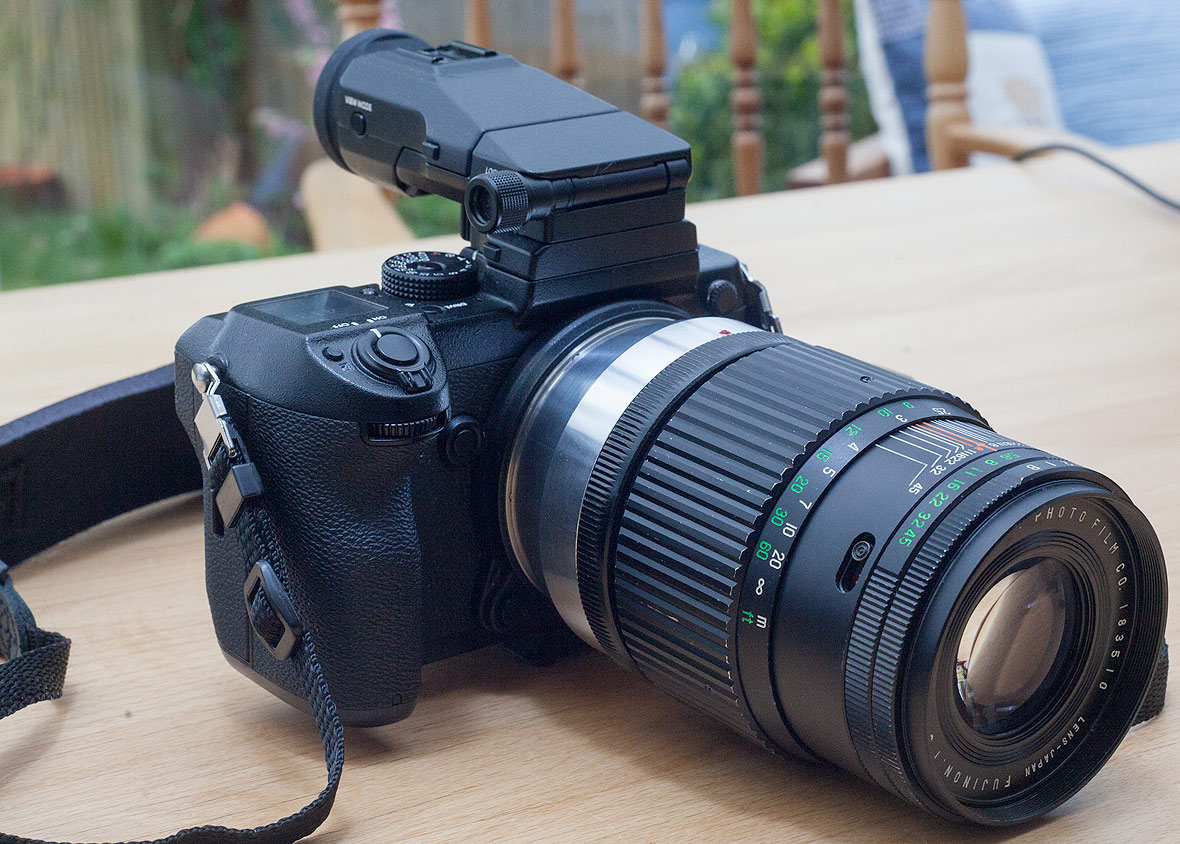
The machined adaptor itself...

During the development i did have the 180mm and the 65mm lenses send from the customer/user and in the first step i realised an adaptor from Canon EF to G690 lenses but at the start i hadnt a Fuji GFX in hand so first i did use a Canon 5D MKII (i became this cam a some weeks later from another user for the final check, if the adaptor really fits).
But here are all parts together in one pic..

So i had the chance to make pictures with the cam (all following pics are out-of-the box- JPG's) and the 180mm and 65mm Fuji lenses, as well as with my Canon nFD 2.8/300mm L from 1981.
Here are the results, quickn dirty, out of the cam...
First the GL - Lenses... a scene from the Port of Husum (north of germany)...

and a crop out of last pic..

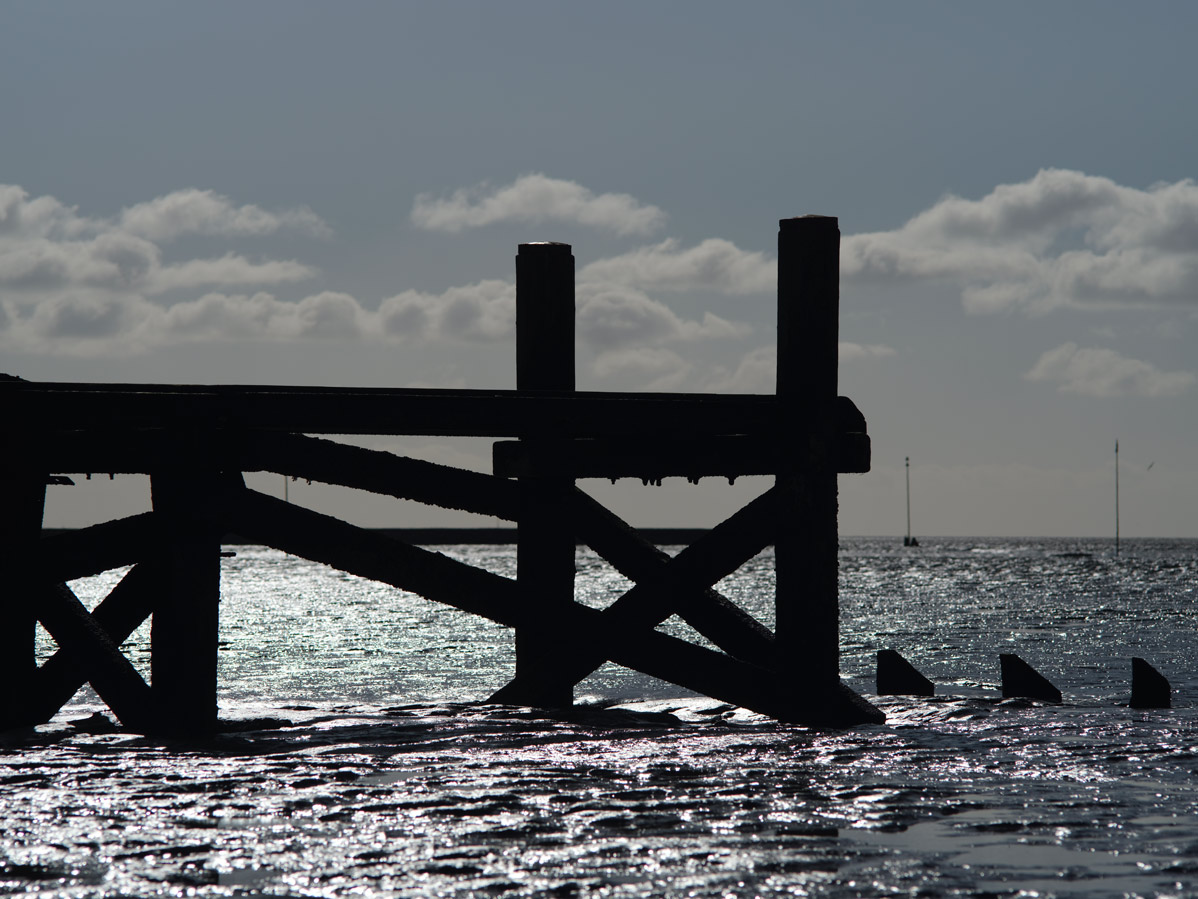
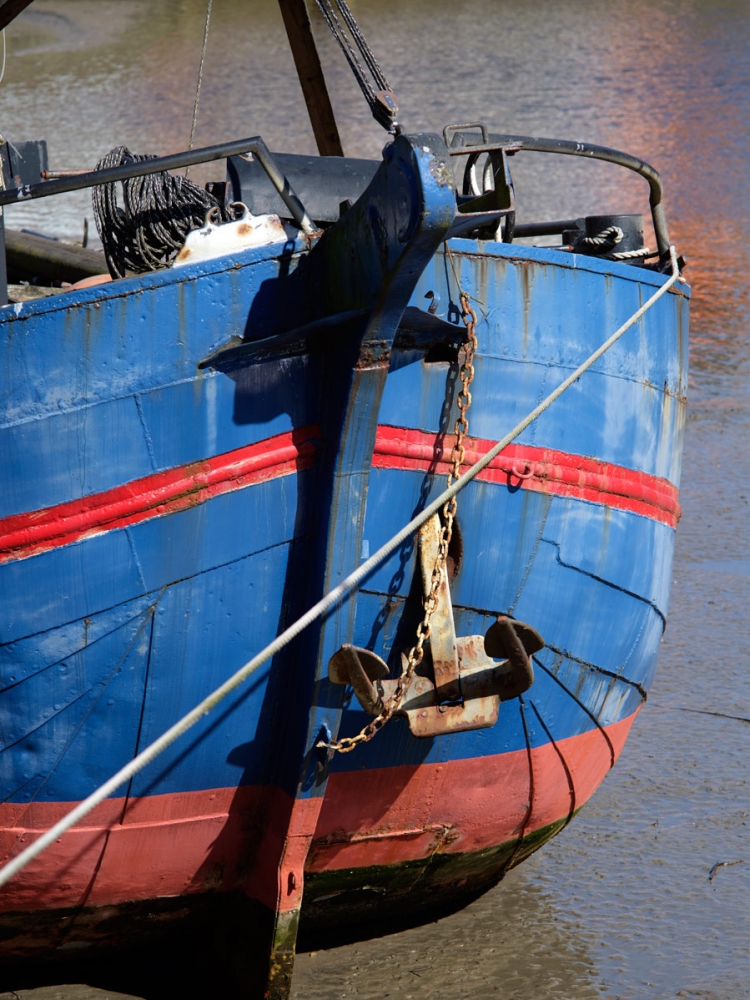
 
 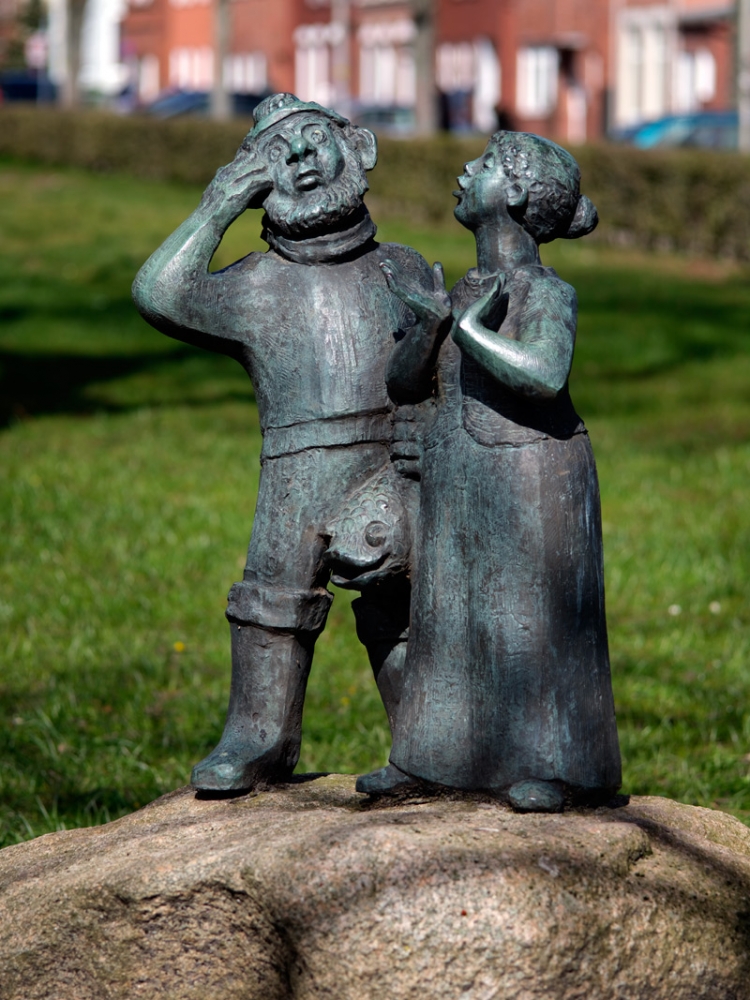

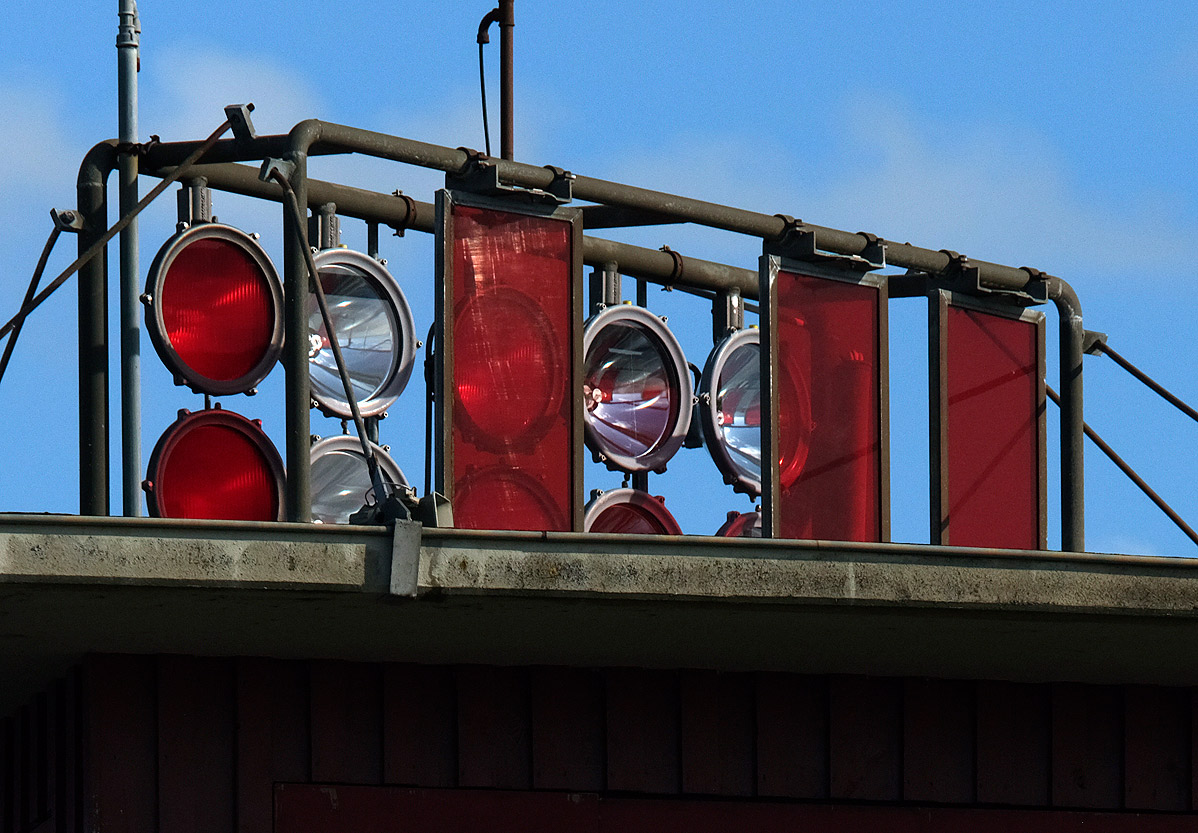
Not that bad for such an old Texas - Leica - Lens... 
To test the Fuji GFX 50s with a lens i already know well, i took my Canon nFD 2.8/300mm L with me for the next scenes on my local airport...realized that there are is some very small vignetting with the lens on all 4 edges..

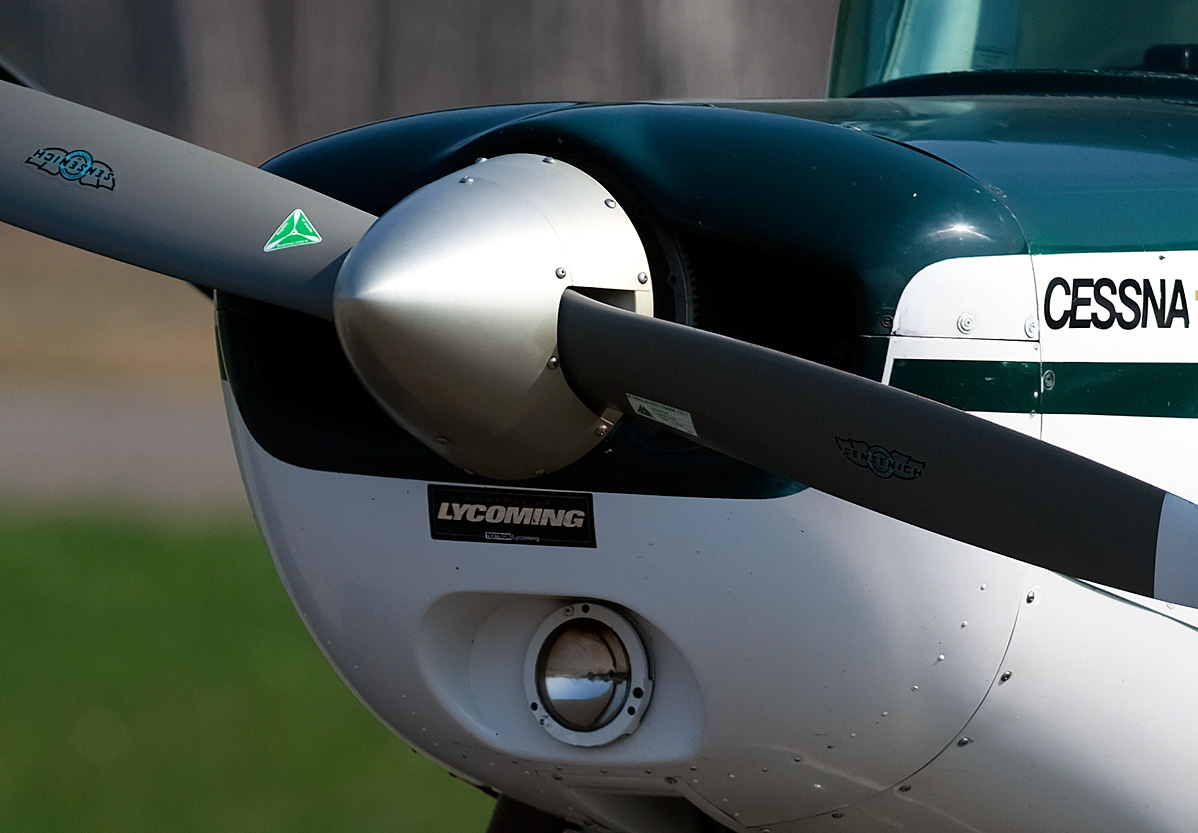
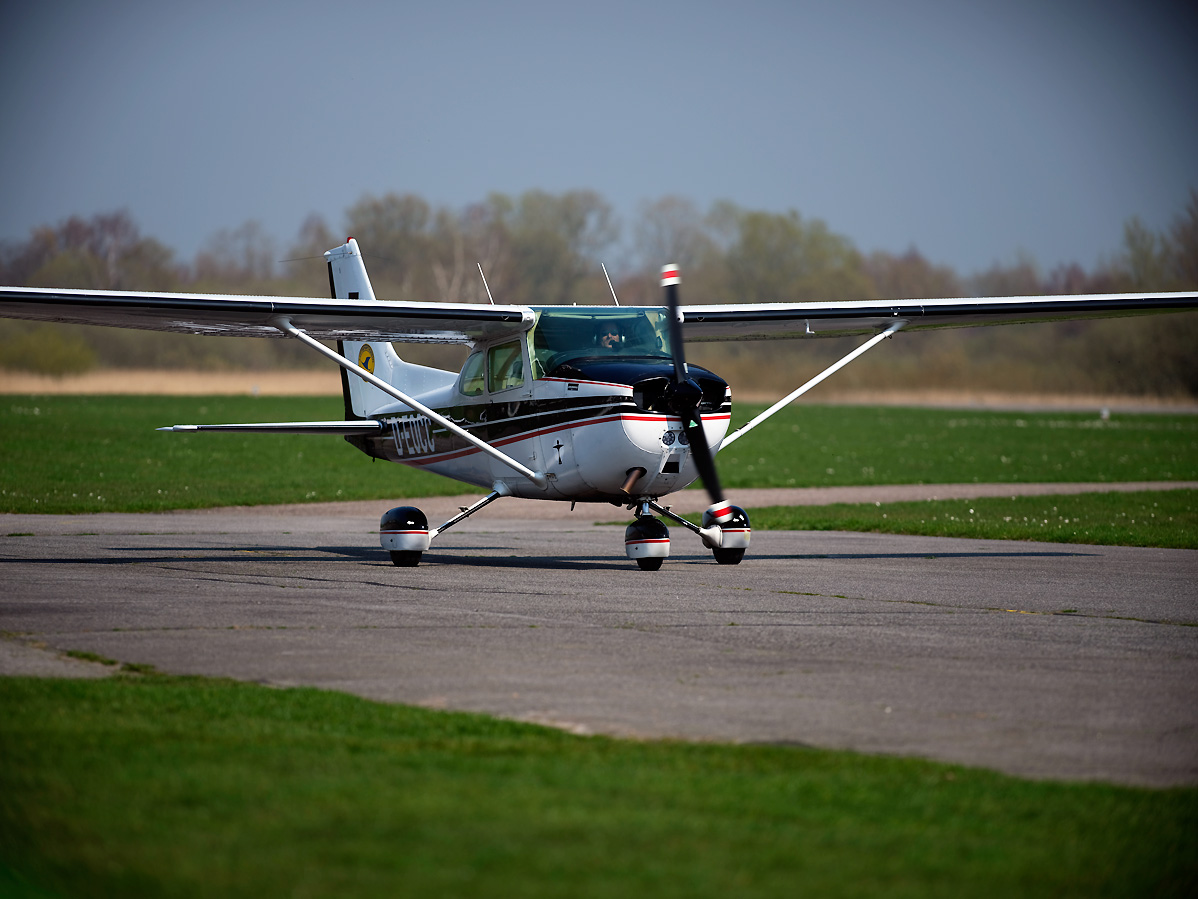
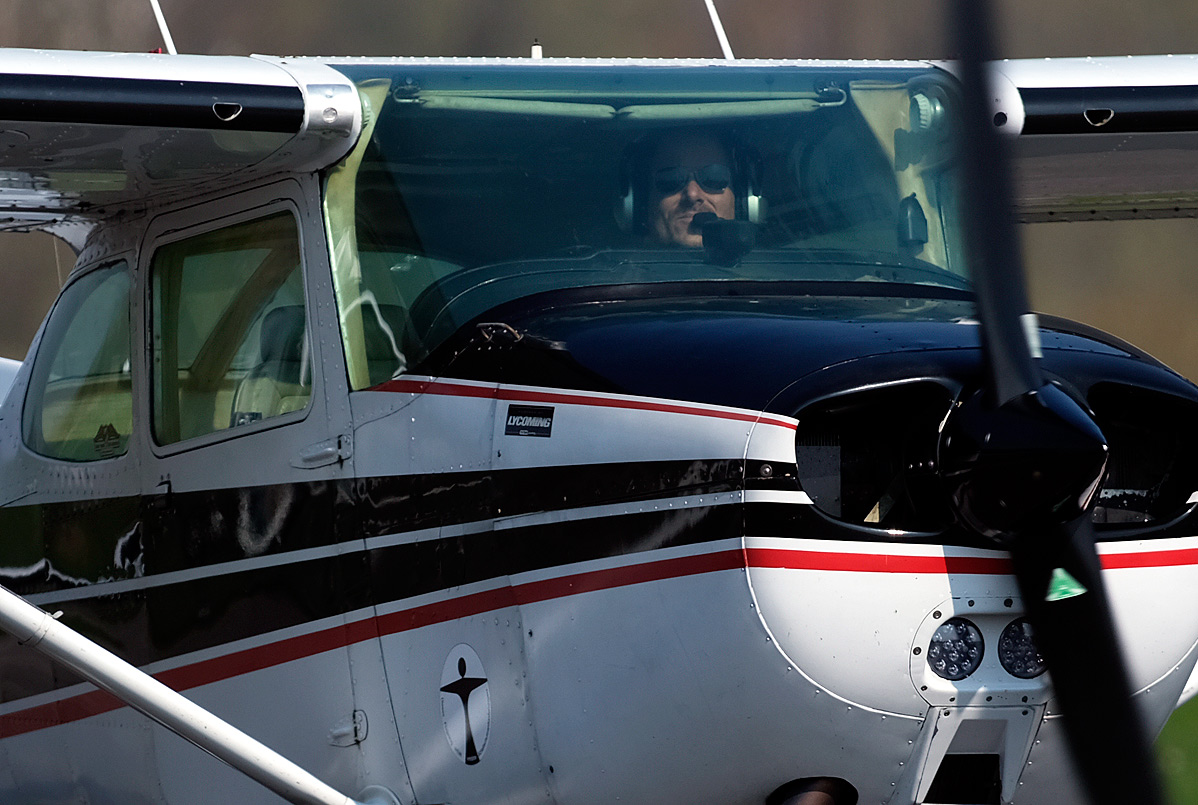 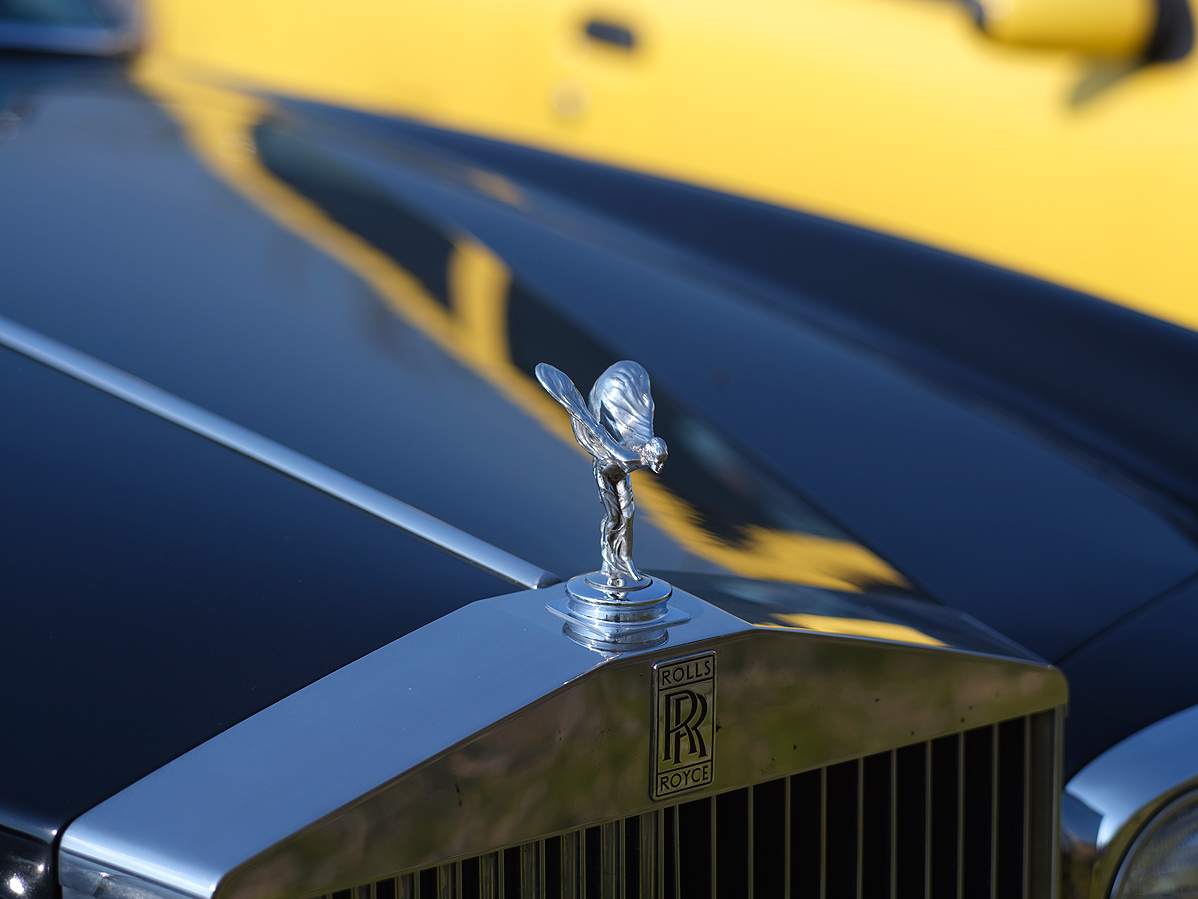

In my opinion a very nice cam... unfortunately i havent that necessary money to get one.. 
Regards
Henry
_________________
some light-painting lens stuff.. 
... and an EOS 5D MKII
www.digicamclub.de |
|
| Back to top |
|
 |
Sciolist


Joined: 29 Mar 2017
Posts: 1445
Location: Scotland
Expire: 2021-04-16
|
 Posted: Tue Jan 07, 2020 1:31 pm Post subject: Posted: Tue Jan 07, 2020 1:31 pm Post subject: |
 |
|
Sciolist wrote:
| hinnerker wrote: |
| A time ago a user of my forum ask me to build an adaptor for his Fuji GFX 50s ... |
Superb post Henry  . I wish I could read German so I could read the post on your forum but I think I actually got the gist. . I wish I could read German so I could read the post on your forum but I think I actually got the gist.
This post deserves a thread of its own, so it's not lost. It's the first lens mod' for Fuji's GFX range that I've seen. |
|
| Back to top |
|
 |
tb_a


Joined: 26 Jan 2010
Posts: 3678
Location: Austria
Expire: 2019-08-28
|
 Posted: Tue Jan 07, 2020 4:38 pm Post subject: Posted: Tue Jan 07, 2020 4:38 pm Post subject: |
 |
|
tb_a wrote:
| hinnerker wrote: |
| A time ago a user of my forum ask me to build an adaptor for his Fuji GFX 50s to adapt the old Fuji G690 Lenses from the so called "Texas Leica". |
I have a couple of these lenses (65, 100, 150 and 180 mm) and 2 G690 bodies. However, I don't know if it's really worth the effort to adapt these rather slow lenses to a modern digital camera.
BTW, there are ready adapters available for the usage of these Fujinons on Sony-E, Canon, etc. but not yet for the Fuji GFX.
What was your impression when you tested the lenses on digital? I'm still hesitating to buy an adapter for my Sony A7R II.
_________________
Thomas Bernardy
Manual focus lenses mainly from Minolta, Pentax, Voigtlaender, Leitz, Topcon and from Russia (too many to be listed here). |
|
| Back to top |
|
 |
|
|
